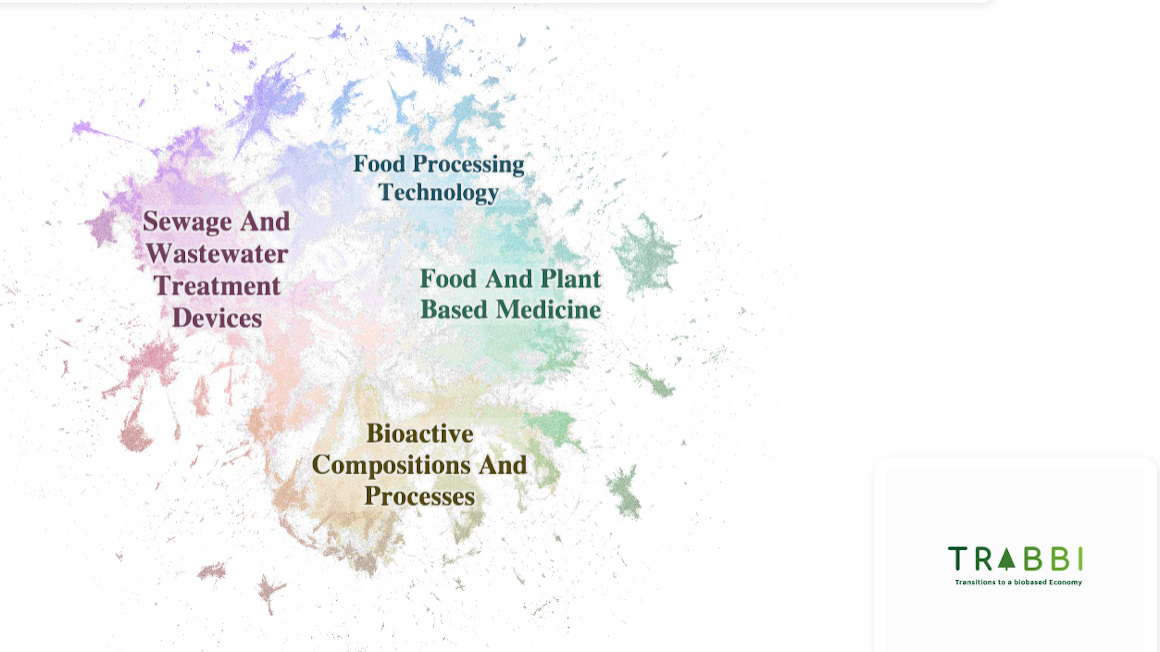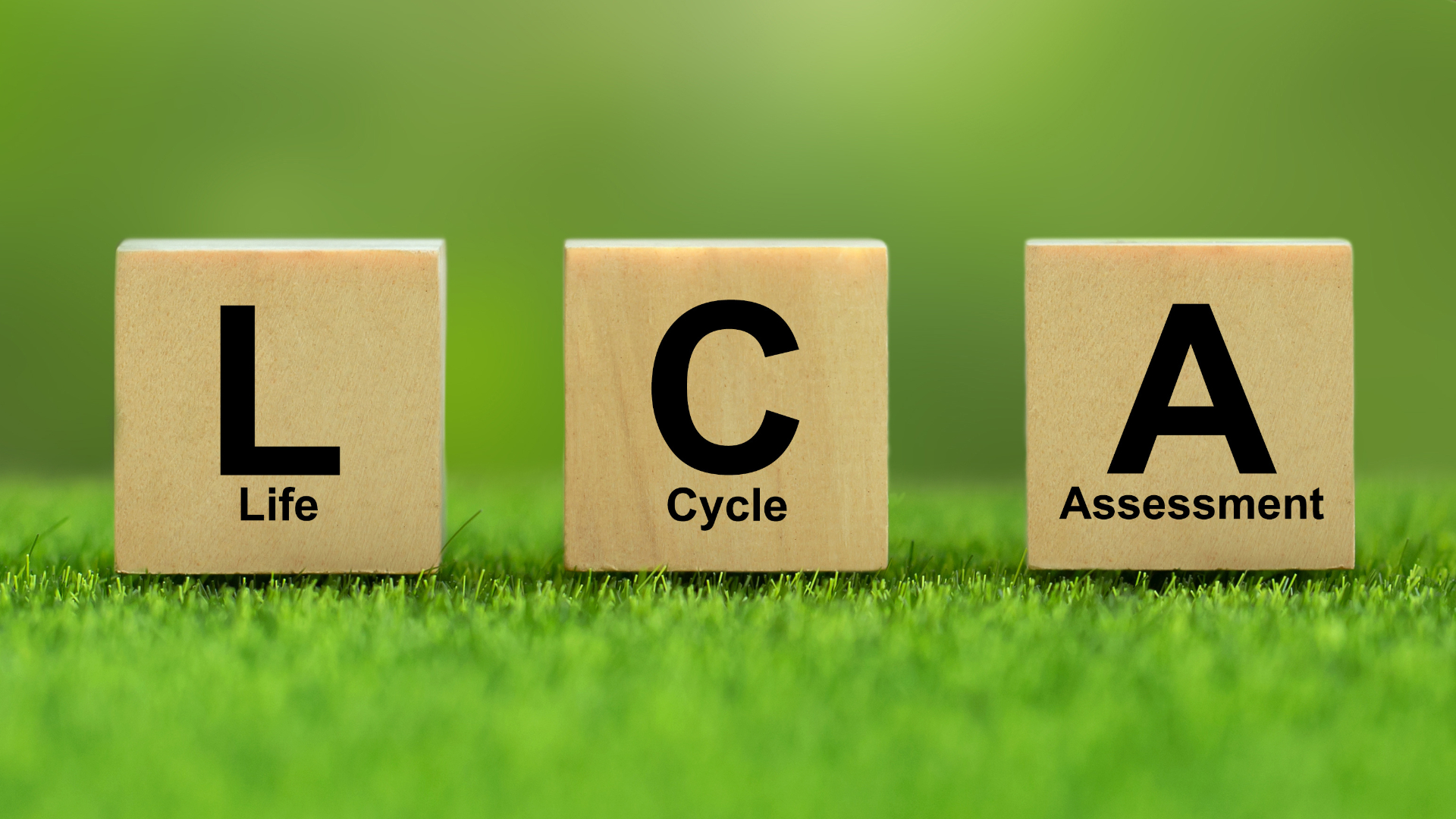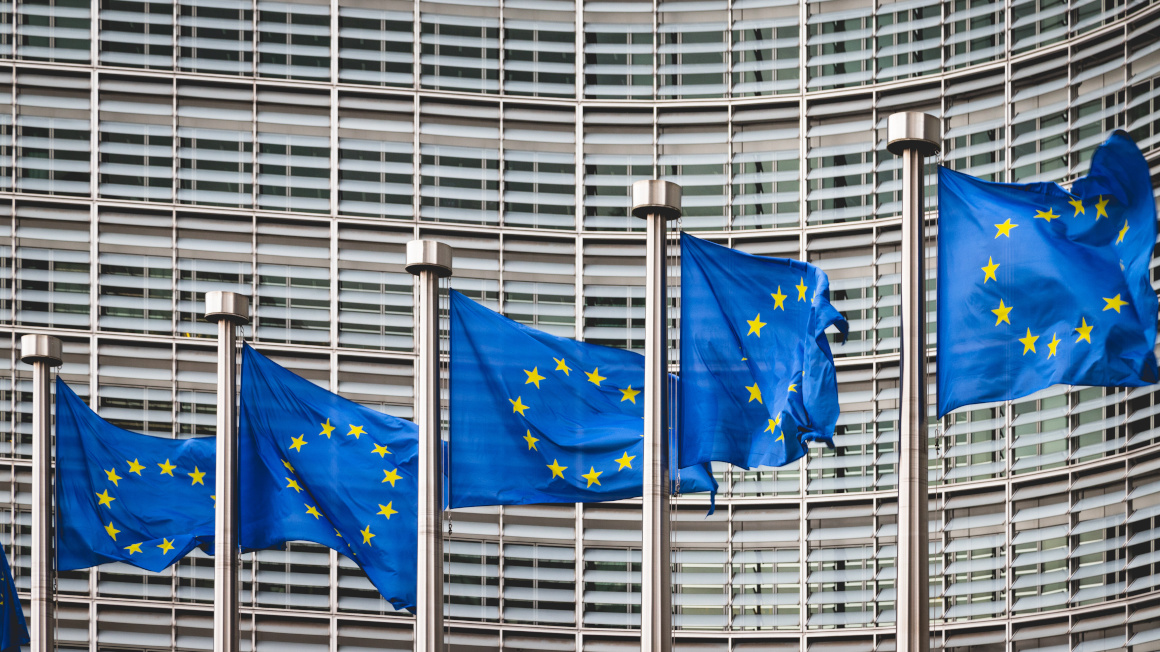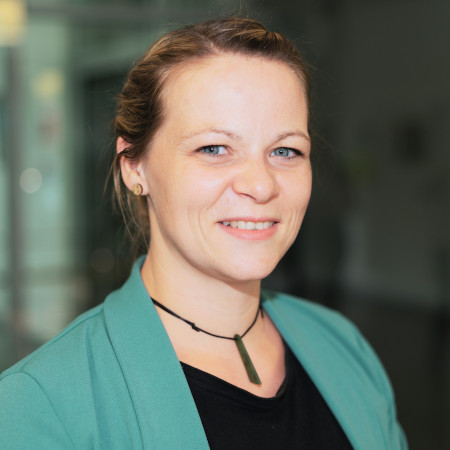AI generates world map of bioeconomy patents
The BMBF-funded junior research group TRABBI has used artificial intelligence (AI) to create a global overview of over 5.6 million bioeconomy-related patents for bio-based products, services and processes.

Climate change, resource scarcity and food security are the major challenges of the future. The bioeconomy offers solutions to these challenges. However, for the transition to a bio-based and circular economy to succeed, innovations are required in all areas. Whether bio-based plastics, fibres, cell-based foods or new biocatalysts: the range of bioeconomic inventions is as broad as the challenge of capturing their associated growth. With the help of artificial intelligence, researchers at Justus Liebig University Giessen have now succeeded in doing just that.
Making bioeconomic innovations visible with patents
But how can knowledge development and innovation in the broad field of the bioeconomy be measured? Patents are a common indicator. As part of the BMBF-funded TRABBI junior research group, a world map of bioeconomy patents was created. Researchers Lukas Kriesch and Sebastian Losacker have trained a language model with patent summaries that is able to identify bio-based products, services and processes with a high degree of accuracy.
As the researchers report in the journal Nature, 5.6 million bioeconomy-related patents were successfully identified from 67 million data sets using AI. ‘This approach exceeded the limits of traditional methods by allowing for linguistic and contextual variations in patent descriptions,’ the authors write.
Bioeconomy patents visible on a map
To map the results, the researchers used topic modelling - a method that divides text data into thematic clusters. This analysis ultimately revealed key areas of bioeconomic innovation, such as bio-agriculture, water purification techniques, fermentation methods, biodegradable materials or sustainable feed solutions. These topics were then visualised on a world map in which these thematic clusters and their connections are visible.
Answering research questions faster with AI models
The researchers now hope that interested parties will use this data to ‘answer various open research questions on innovations in the bioeconomy’. ‘The paper and the data are helpful for other researchers as well as for stakeholders from practice and politics who deal with technological innovations in the bioeconomy,’ says Sebastian Losacker, co-author of the study and head of the TRABBI junior research group. However, the project also shows the immense potential of AI models, especially pre-trained language models, in extracting meaningful information from unstructured data.
The study entitled ‘A global patent dataset of bioeconomy-related invention’ has been published in the scientific journal Nature. There, the complete dataset is available as a free download.
The data has also been visualised on an interactive map, which can be explored on the website of the TRABBI junior research group.
The TRABBI junior research group, which was launched in 2023, is part of the BMBF funding programme ‘Bioeconomy as Social Change’. Among other projects, it supports junior research groups that research the bio-based economy from a social, political and economic science perspective. The aim is to understand the transition to a bioeconomy in all its facets as comprehensively as possible, to analyse and evaluate its effects and to identify consequences and options for action. In TRABBI, the team led by Kriesch and Losacker is investigating the transformation process towards greater sustainability in the construction sector. The project, which was launched in 2023, is being funded by the BMBF with 2.3 million euros over five years.
bb


